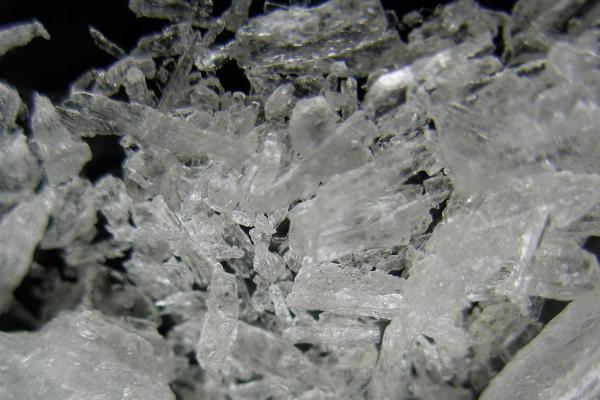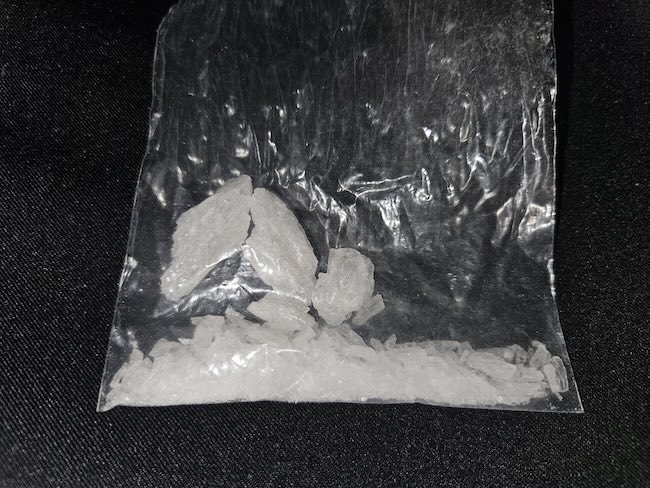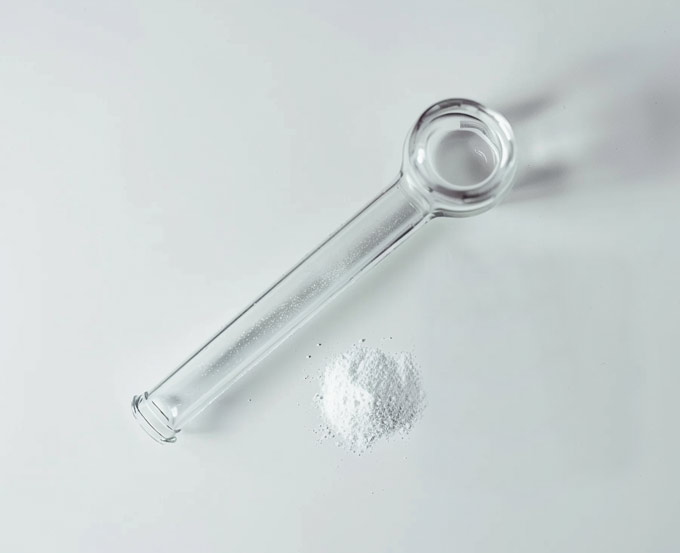According to Dr. Perry Halkitis, a leading researcher on substance use among LGBTQ+ individuals, methamphetamine addiction is often tied to “stress, discrimination, and the search for escape.” (Source: NIH).
What Is Tina Drug?
Tina is another slang name for crystal meth, a powerful synthetic stimulant that overwhelms the brain with dopamine—the neurotransmitter responsible for pleasure and motivation. This leads to intense energy, euphoria, and heightened confidence, but these effects fade rapidly, pushing users into prolonged binges.
The most common methods of using Tina drugs include:
- Smoking – The most common method, producing an immediate and intense high.
- Snorting – Absorbed through nasal passages, leading to a slower onset.
- Injecting (slamming) – The most dangerous method, creating an extreme but high-risk rush.
Tina Slang
Tina drug is known by different names in various circles. The most common other names for meth include:
-
- Chalk
- Sketch
- Speed
- Zoom
- T Drug
- Ice
- Glass
What Does Tina Look Like?
The physical appearance of Tina drug varies depending on purity and production methods. Typically, it appears as:
- Clear, bluish-white crystalline rocks (most common form)
- Fine white powder
- Pressed pills or tablets (less common, often mixed with other substances)
The Hidden Dangers of Tina Drug in Party and Sexual Settings
Beyond its immediate physical dangers, Tina drug is closely linked to high-risk behaviors in party and sexual settings. One of the most concerning aspects of Tina drug abuse is its connection to chemsex—a term describing sexual activity under the influence of drugs.
The primary substances used in chemsex include mephedrone, gamma-hydroxybutyrate (GHB/Gina), and crystal meth (“Tina”). These drugs heighten sexual arousal, reduce inhibitions, and prolong physical stamina, often leading to sessions lasting for hours or even days.
While these effects may seem desirable, the consequences are severe. Impaired judgment and reduced pain sensitivity significantly increase the risk of injuries, sexually transmitted diseases (STDs), and HIV.
According to the Centers for Disease Control and Prevention (CDC), methamphetamine use is a major contributor to the spread of HIV and other STDs. (Source: CDC).
The Phases of Tina Drug Use: How Addiction Develops
Using Tina drugs leads to a progressive cycle of dependency, with each phase reinforcing the need for more of the drug.
1. The Rush Phase
Once drug Tina enters the bloodstream, it causes an immediate surge in dopamine, leading to a powerful rush of euphoria. This phase lasts around 30 minutes.
2. The High (Euphoria) Phase
Users experience heightened focus, repetitive behaviors, and an increase in libido. This phase can last between 6 to 16 hours.
3. The Binge Phase
To maintain the high, users continue taking doses, sometimes for days or weeks. This leads to severe exhaustion, malnutrition, and heightened dependency.
4. The Tweaking Phase
After repeated use, Tina drug no longer produces the same effects. Users may experience paranoia, hallucinations, shivering, or aggressive behavior.
5. The Crash Phase
Following binge use, the body crashes, forcing users into extreme fatigue and prolonged sleep. This phase can last up to three days.
6. The Hangover Phase
Users experience dehydration, exhaustion, and instability for up to two weeks.
7. The Depression Phase
After prolonged use, users often face severe depression, suicidal thoughts, and extreme cravings, making relapse highly likely.
Smoking Tina – The Hidden Dangers of Smoke T
Smoking Tina drug—also known as Smoke T—is one of the most addictive and dangerous methods of methamphetamine use. Many users falsely believe that smoking is safer than injecting, but this is a dangerous misconception.
When smoked, meth enters the bloodstream almost instantly, creating a surge of dopamine that leads to rapid dependency. This form of use significantly increases the risk of:
- Severe lung and respiratory damage
- Rapid onset of paranoia, hallucinations, and violent behavior
- Heightened risk of overdose due to uncontrolled use
- Severe dental decay (“meth mouth“) from long-term exposure
How Long Does It Take to Get Addicted to Tina Drug?
Addiction to Tina drug can develop rapidly, often within weeks of repeated use, due to its powerful impact on the brain’s dopamine system. Unlike other stimulants, methamphetamine causes an extreme surge in dopamine, reinforcing intense cravings and compulsive drug-seeking behaviors.
Can You Get Addicted to Tina Drug After One Use?
While a single use of Tina drug may not immediately result in addiction, it can trigger powerful cravings that make repeated use more likely. Because crystal meth (“Tina”) produces a rapid and euphoric high, users often chase that initial feeling, leading to a dangerous binge-and-crash cycle.
According to the National Institute on Drug Abuse (NIDA):
“Methamphetamine use causes an immediate, large increase in dopamine, which reinforces drug-taking behavior and makes meth one of the most addictive substances known.”
(Source: NIDA).
Tina Drug Addiction Treatment: Finding the Path to Recovery
Breaking free from Tina drug addiction requires a comprehensive, medically supervised approach. At Still Detox, we provide:
- 24/7 medically supervised detoxification
- Behavioral therapies like Cognitive-Behavioral Therapy (CBT)
- Relapse prevention strategies tailored to individual needs
- Ongoing counseling and support groups
Still Detox: An LGBTQ+ Friendly Rehab
At Still Detox, we recognize the unique challenges of meth addiction within the LGBTQ+ community. Our treatment programs are designed to provide a safe, inclusive, and nonjudgmental space for individuals seeking recovery.






 Call Now: (561) 556-2677
Call Now: (561) 556-2677



